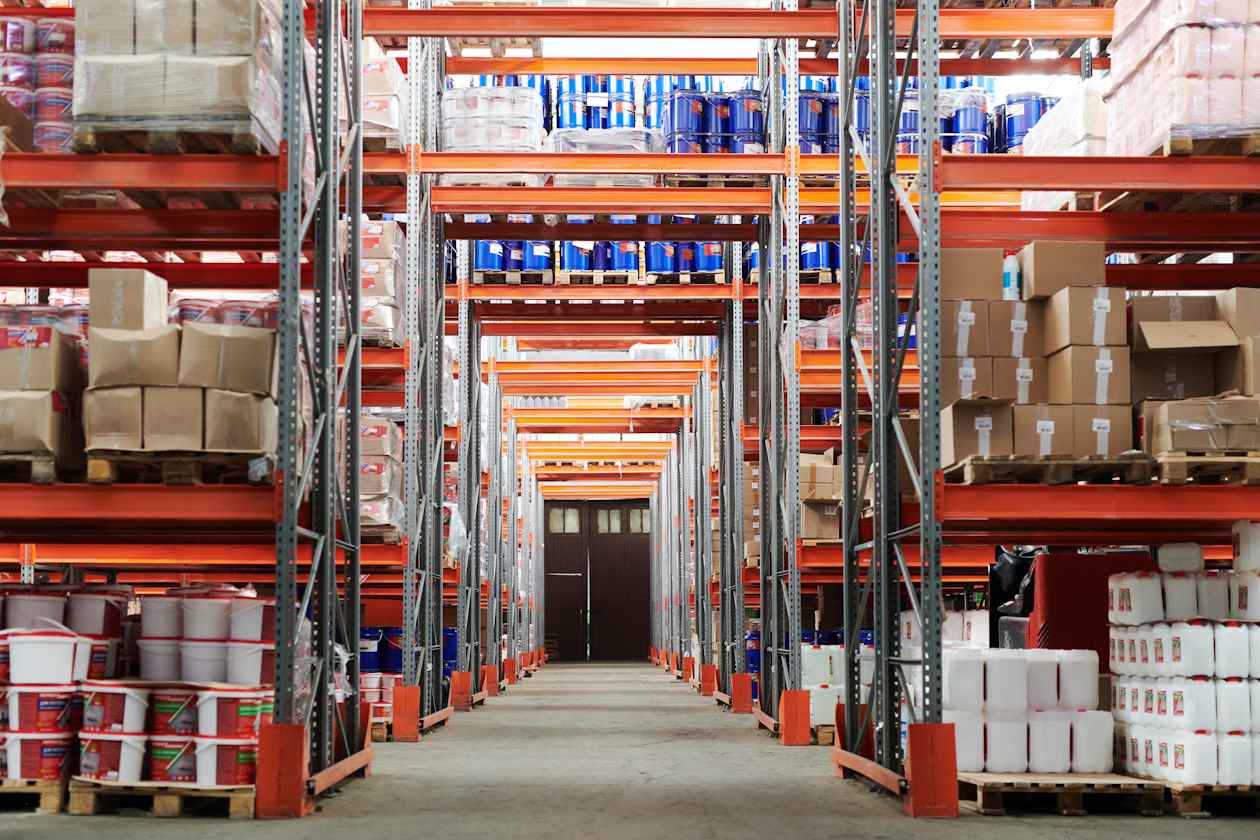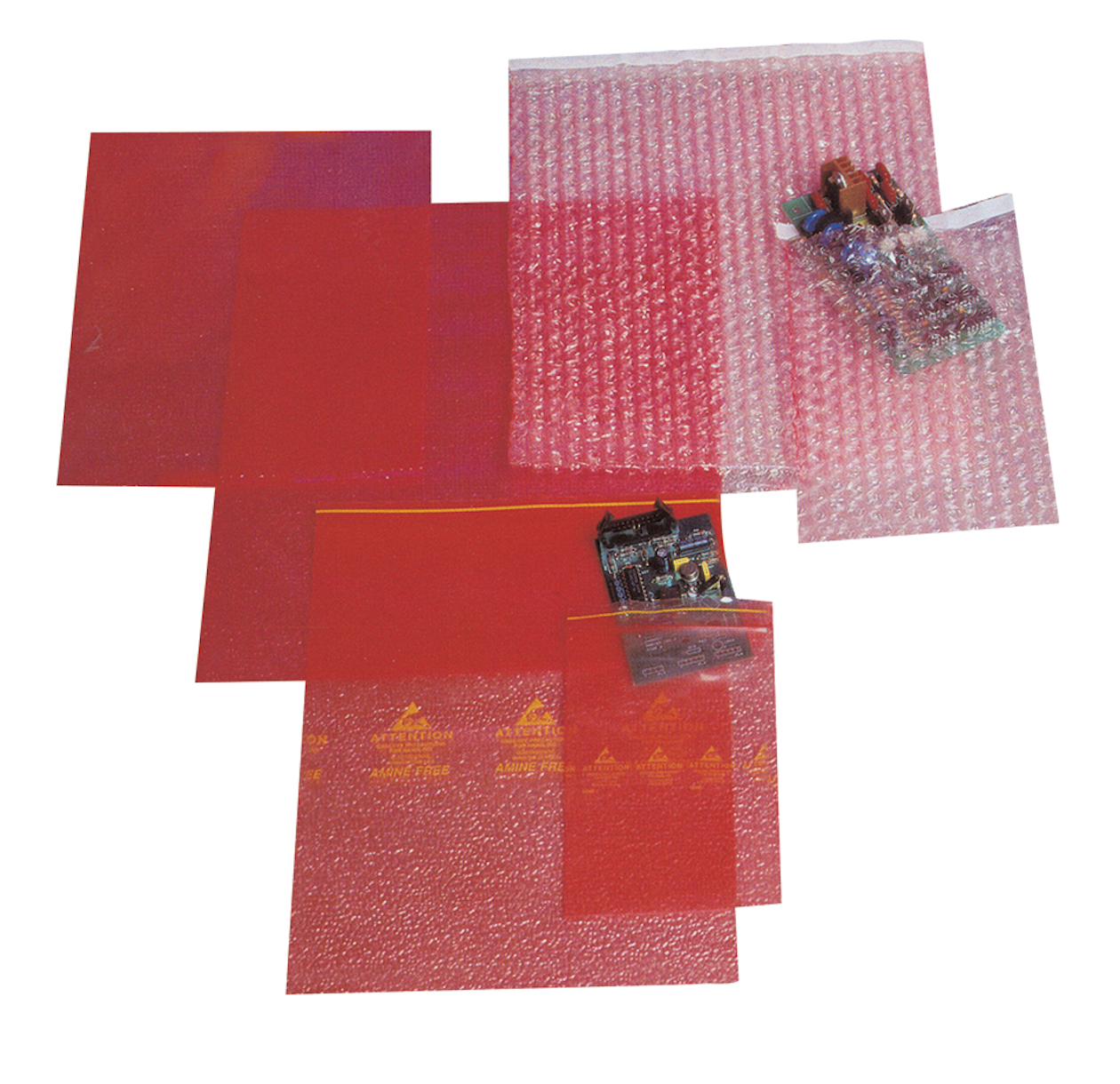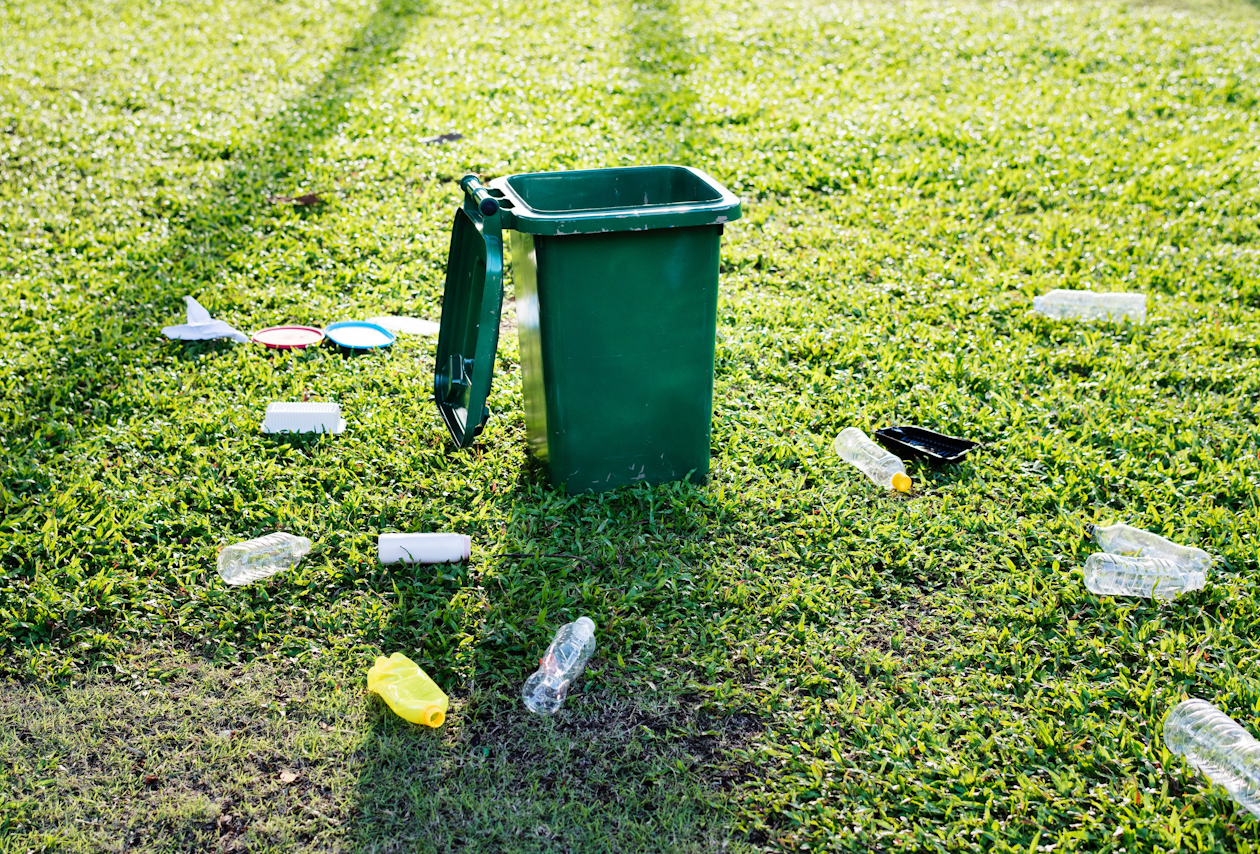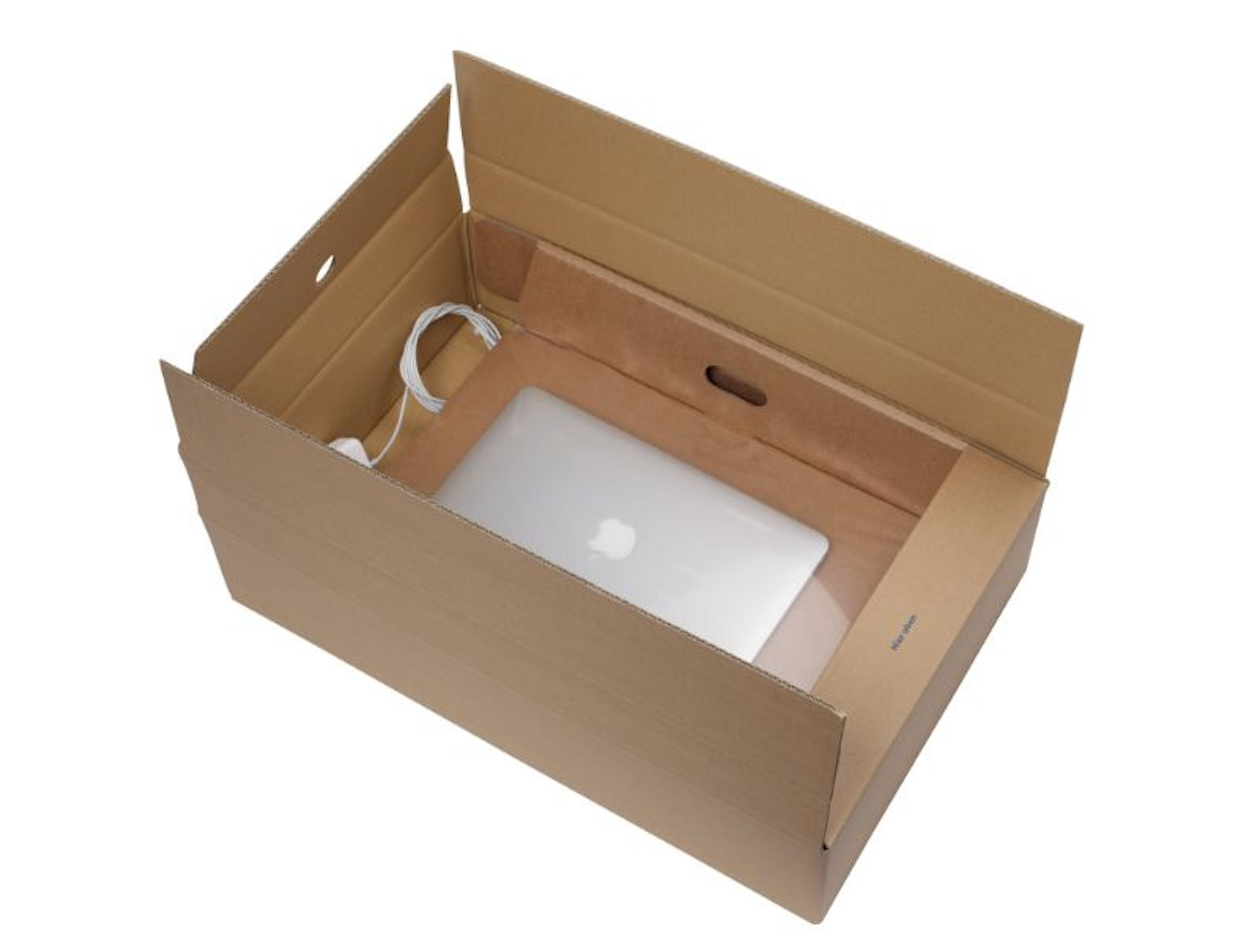
The importance of packaging in the pharmaceutical and medical sector
Packaging is an essential part of any product that needs transporting. It helps to prevent damage during delivery, provides the information needed to reach its intended destination, and even focuses on keeping the handlers and consumers safe.







